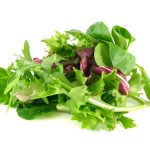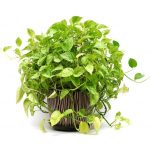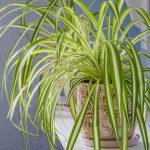For an easy-to-grow houseplant with attractive leaves, look no further than an aloe vera (barbadensis) plant. It requires minimal care and produces long, thick leaves that add a focal point to an indoor space. Beyond just looking good, aloe vera plants also contain a gel that soothes burns or scrapes. A great feature plant that is also practical!
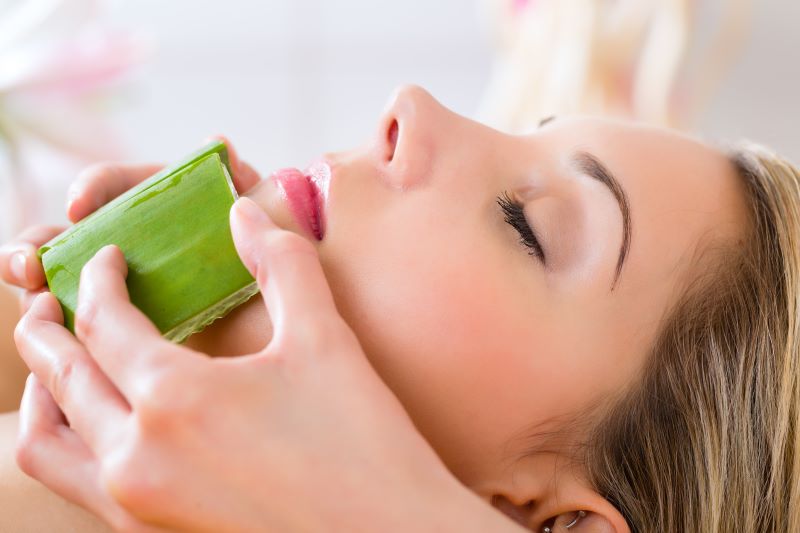
Aloe vera requires little effort, so it is perfect for someone new to gardening or who doesn’t have much time to spend on plant care. Aloe vera plants need to be watered infrequently, need some sunlight and require little to no aloe vera fertilizer. It is a great plant for indoor gardening and is very durable.
Aloe vera (barbadensis) is a succulent that grows well indoors or outdoors. When fully mature and grown in the optimal setting, it can grow to be over three feet tall. However, they rarely reach that height when grown indoors.
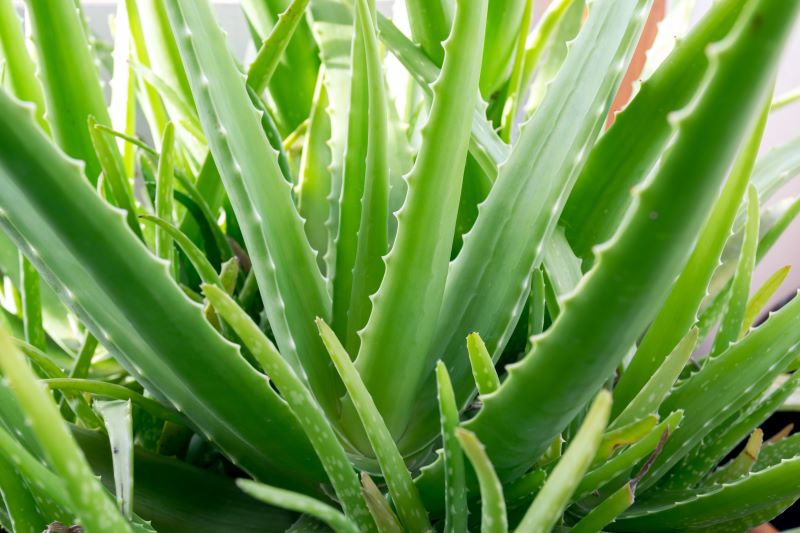
When kept indoors, aloe vera plants rarely produce flowers. In order to produce flowers, they have to be kept at an optimal temperature with a precise amount of sunlight and water all year long. When kept in the right conditions, the plant will produce a tall flower spike with numerous yellow or red flowers coming off of it. In order for the plant to produce flowers when kept indoors, more work is required.
Aloe vera typically has no stem or very short stems, and the leaves are thick and green. The leaves branch out from the base of the plant and resemble a fan. Each of the leaves is slightly serrated with small teeth along the edge. The plant will stay low, generally not growing very tall but will have numerous long leaves that hang over the edge of the pot.
Care Instructions for an Aloe Vera (barbadensis)
Light
Aloe vera plants require plenty of indirect sunlight. If the plant is being kept entirely indoors, it will do best in a pot near a window. It is difficult to give the plant too much sunlight when it is kept indoors. If the leaves turn yellow or brown, move it to a less sunny location.
Water
Because the aloe vera (barbadensis) plant is a succulent, it needs to stay somewhat dry. It is extremely important to plant it in a pot that will drain well. If it gets too much water, or if the water sits in the pot without draining, the root and stem will start to rot. Overwatering is one of the main reasons that aloe vera plants do not survive when kept indoors. When the top inch or two of the potting soil is completely dry, it is time to water the plant. After watering, the soil should be thoroughly wet and start draining through.
The aloe vera plant will only need to be watered infrequently, depending its size. During winter months, the time between watering should be even longer to allow the plant to have a dormant phase. The size of the plant and pot, the soil type, the temperature and the humidity will all play a role in determining how frequently the plant needs to be watered.
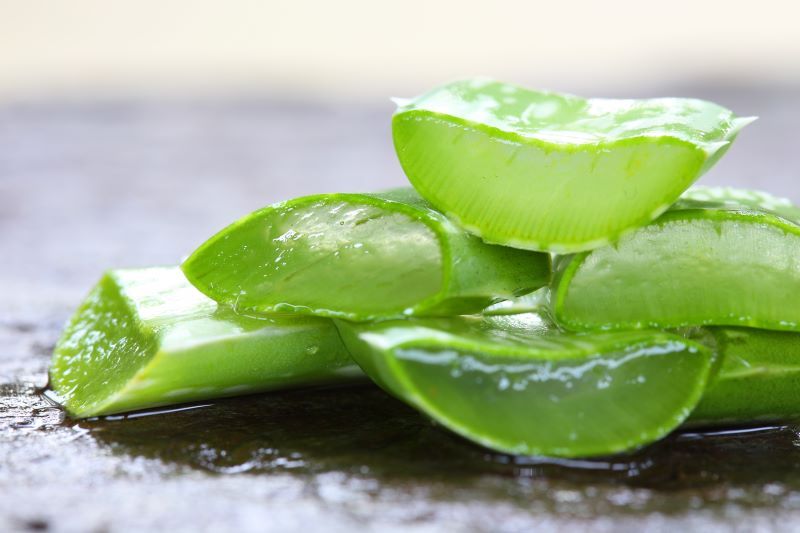
Temperature and Humidity
Standard indoor room temperature is fine for most aloe vera (barbadensis) plants. They tend to grow well if the temperature is between 55℉ and 80℉. In order for them to produce flowers, they will need to be in an environment closer to what they would get in a desert environment. They will need a lot of direct sunlight throughout the day and will need mostly warm temperatures. During the summer months, it is possible to help the plant produce flowers by placing it outdoors in a sunny spot.
Fertilizer
Part of what makes it such an easy plant to grow indoors is that aloe vera doesn’t require a specific aloe vera fertilizer. In fact, it requires very little, if any, fertilizer at all. If the plant is struggling to grow, checkout other possible causes before giving it some specific succulent fertilizer.
It should not need to be fertilized more than once per month, and ideally, it will not even need fertilizer that frequently. Aloe vera tends to be a very hardy plant that does not require much extra attention.
Pruning
Aloe vera plants rarely need to be pruned except to remove yellowing leaves.
Planting Guide for an Aloe Vera (Barbadensis)
Soil
Aloe vera (barbadensis) plants require soil that drains well so that their roots don’t become waterlogged. A high quality succulent mix will include rock or sand. Do not use traditional soil, or the plant could collect too much moisture and die.
Repotting
If the plant’s root system becomes too large for its current pot, it will need to be repotted. If you are reusing an old pot, be sure to clean it and let it dry before repotting the aloe vera plant. Take the plant out of its current pot and remove any excess dirt clumps from the roots. Partially fill the new pot with the correct potting mix, gently place the plant into the new pot, and fill the rest of the pot with the potting mix.
If the plant has a stem, make sure that it is planted deep enough to cover the whole stem with the potting mix. Don’t water the plant for about a week after it has been repotted. This will make sure that the root system doesn’t start to rot and will help the roots take hold in the new pot.
Propagation
Mature aloe vera plants produce “pups” that you can remove and repot to make a new plant. To remove the pups, prune them from the original plant and leave about an inch of stem on the pup. Place it in indirect sunlight for a few days to let the stem dry out before planting it. Once the stem has dried out, plant it in a new pot the same way that you would if you were repotting the original plant.
Common Aloe Vera (Barbadensis) Problems
Pests
Indoor aloe vera plants can sometimes fall prey to mealybugs or scale, but they are typically resistant to pests.
Toxicity
If the gel from the leaves is ingested, it can cause nausea or indigestion. If a large amount of the gel is consumed, it can be toxic.
Other
Aloe vera plants are most frequently killed by overwatering when they are grown indoors. Their roots easily become waterlogged and can deteriorate from rot.
Summary of Aloe Vera (Barbadensis) Care
Do:
-
-
- Place in a window for sunlight
- Let the soil thoroughly dry between watering
- Use a well-draining soil
-
Don’t:
-
-
- Overwater
- Repot it unnecessarily
- fertilize regularly
-
Interesting facts
The gel from aloe vera (barbadensis) leaves can be used on burns and scrapes for pain relief. Take a mature aloe vera leaf and slice it open. Then, squeeze the gel out of the leaf and apply it to the burn or scrape for quick relief.
Aloe vera (barbadensis) plants grow well indoors when placed near a sunny window and watered infrequently. They are great indoor plants for new gardeners and do not require much effort. Given the right conditions, aloe vera plants can grow indoors for years.



